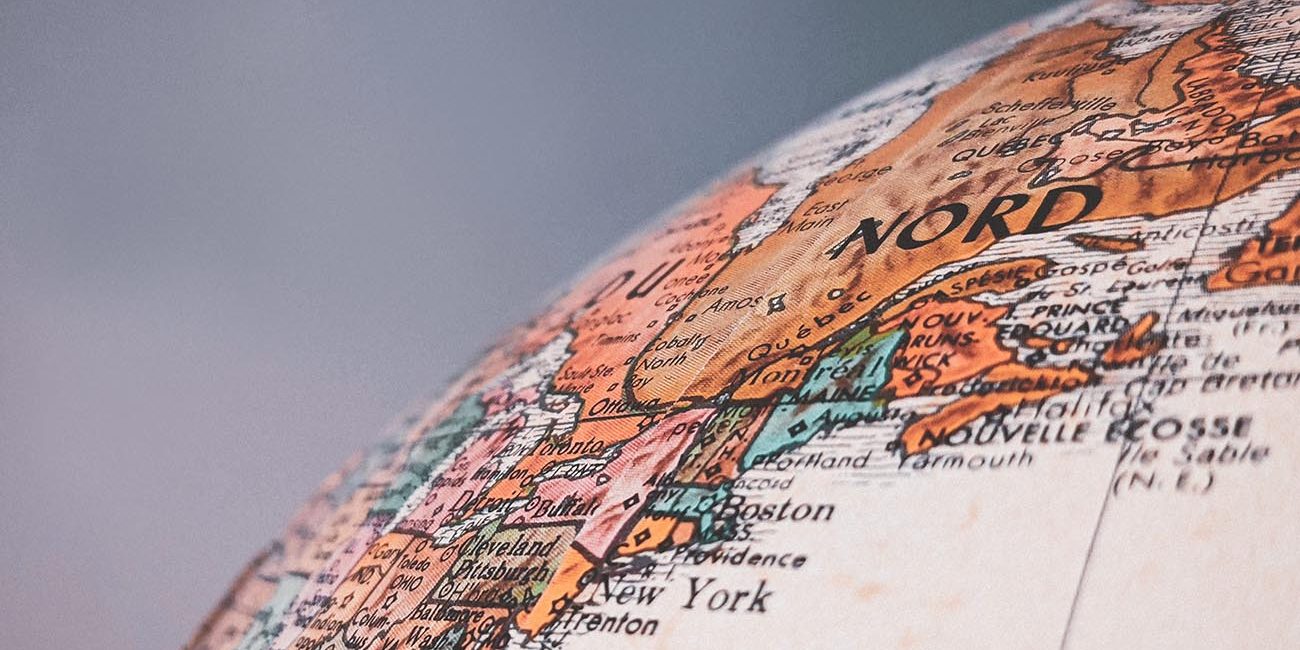In 1877, the Italian astronomer Giovanni Schiaparelli was planning to observe Mars with a newly powerful refractor telescope installed in Brera, Milan. He prepared extensively, avoiding, he wrote, “everything which could affect the nervous system, from narcotics to alcohol, and especially from the abuse of coffee, which I found to be exceedingly prejudicial to the accuracy of observation.” When his resolutely non-shaking hands maneuvered the telescope into place, what he saw were deep trenches meandering across the red planet’s surface, which he called “canali.”
Hysteria over Mars has reached a breaking point over the past few months as NASA’s Curiosity rover beams back breathtaking photos to Earth. NASA already announced a new, “smarter” sequel to Curiosity to launch in 2020, and a press conference has revealed details about actual flowing salt water on Mars’s surface, hinting at the possibility of alien life. But mass speculation over Mars’s habitability, and indeed its potential for watery canals, has its roots before we ever made it close to the planet, back in Schiaparelli’s 19th century.
As Earth’s galactic neighbor, Mars was already attracting scientific attention. In 1719, Giacomo Filippo Maraldi noticed that the planet had seasons, which William Herschel confirmed in 1783. In the 1860s, French astronomer Emmanuel Liais guessed (incorrectly) that the variations in Mars’s surface over time were due to changing vegetation. But 1877 brought a banner year for Mars watchers because the planet moved into “opposition”—the interplanetary event when Mars, Earth, and the Sun all line up and the distance between the Earth and Mars is the shortest.




